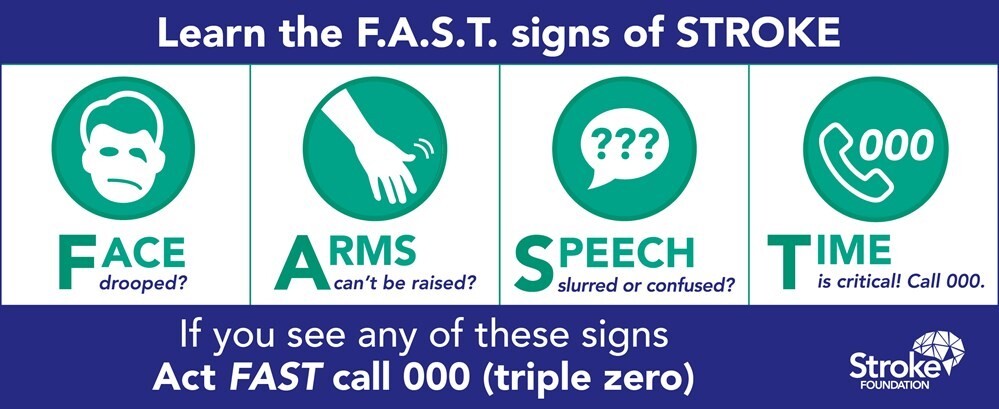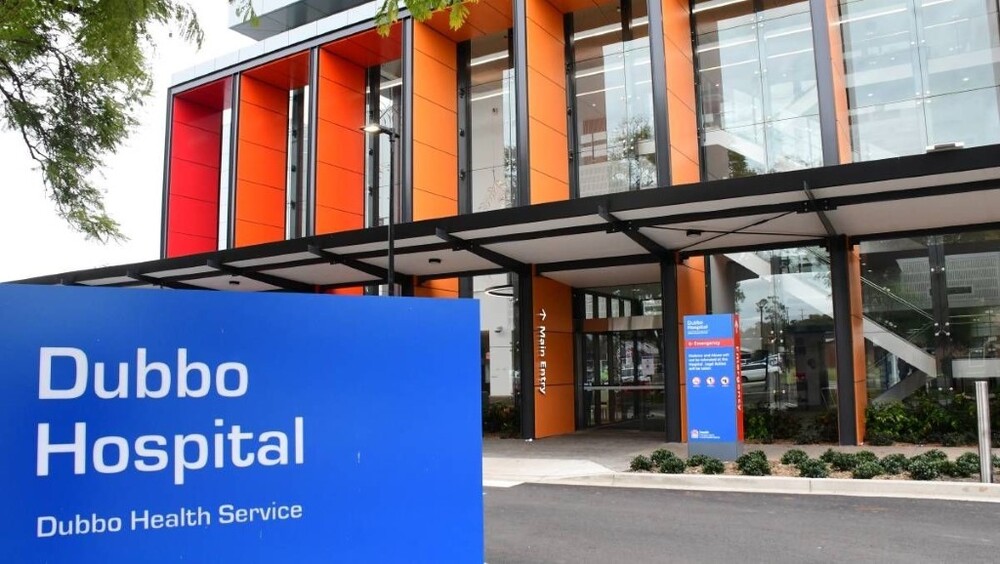Stroke Week: Western patients benefit from Telestroke service
Sharon Bonthuys
19 August 2023, 9:20 PM
 Broken Hill Hospital. Source: Far West NSW Local Health District.
Broken Hill Hospital. Source: Far West NSW Local Health District. Western NSW stroke patients are among more than 3,000 people to have been treated by the NSW Telestroke Service since it first launched in March 2020.
Hospitals in Dubbo, Broken Hill and Moree are among the 23 sites across regional and rural areas of the state that are part of the $21.7 million Telestroke Service, which provides stroke sufferers with rapid virtual access to specialist diagnosis and treatment by connecting local doctors to expert stroke clinicians and specialists 24 hours a day.
“Dubbo Hospital became a Telestroke site in November 2020, enhancing available services for local and surrounding communities, and providing additional support to the hospital’s highly-skilled stroke, critical care, medical and bedside teams,” said a spokesperson from the Western NSW Local Health District (WNSWLHD).
“Access to time-critical stroke care was further improved at the facility following completion of stages three and four of the Dubbo Hospital Redevelopment, which opened in 2022 and included a dedicated stroke unit on the new critical care floor,” the spokesperson said.
Moree Hospital in the Hunter New England Local Health District joined the Telestroke Service in late 2021, and Broken Hill in the Far West Local Health District was the 23rd site to join the program in mid-2022. Some 60 stroke patients presented to the Broken Hill hospital during 2021.
In a report released during National Stroke Week (August 7-13), the Royal Flying Doctor Service said access to primary health care is the key to reducing stroke and other diseases in rural and remote communities. with strong evidence to suggest that acute events are largely preventable, especially with early diagnosis and treatment.
“We know that access to adequate or comprehensive primary health care is poor in many parts of rural, and particularly remote, Australia,” said RFDS Federation Executive Director, Frank Quinlan.

Can you recognise the symptoms of a stroke? This guide from the Stroke Foundation may help. Source: Stroke Foundation.
The RFDS “In Focus” report indicated that just three per cent of Australians from rural and remote areas who suffered a stroke received care in a specialist stroke unit in 2021, compared to 77 per cent of people who live in major cities.
“The risk of stroke is 17% higher in regional and rural areas so it is critical to have services that support acute stroke assessment and management,” said Kelvin Hill, the Stroke Foundation’s National Manager Stroke Treatment. “There are also potentially lifesaving treatments now (thrombolysis and clot retrieval) which are time-dependant so early assessment and decisions about treatment pathways is critical. Telestroke helps with this.”
The WNSWLHD spokesperson said in 2022, Dubbo Base Hospital’s stroke unit treated almost 300 patients exhibiting stroke-like symptoms. Around 35 per cent of these patients were referred to the NSW Telestroke Service, significantly reducing their need to travel for specialist care.

PHOTO: Dubbo Hospital. Source: Western NSW Local Health District.
Statistics like this highlight the importance of stroke care in regional and remote areas of NSW. A number of facilities in smaller, rural areas of the WNSWLHD also provide general inpatient and outpatient rehabilitation services for people who require support after returning to their homes, post-stroke, the spokesperson said. These include a range of face-to-face and virtual allied health and mental health outreach services.
“Continuing to review and develop dedicated stroke and rehabilitation pathways, along with enhancing access to services, remains an ongoing priority for the district, to ensure services meet the needs of patients now and into the future,” the spokesperson said.
For further information about the NSW Telestroke Service, visit the website.
***Stroke is a time-critical medical emergency which effects the brain’s blood supply. Acting swiftly on the signs of a stroke is crucial to improving chances of disability or death and, using the FAST (Face, Arms, Speech, Time) test, people should immediately call Triple Zero (000) in any instance of a suspected stroke.***




